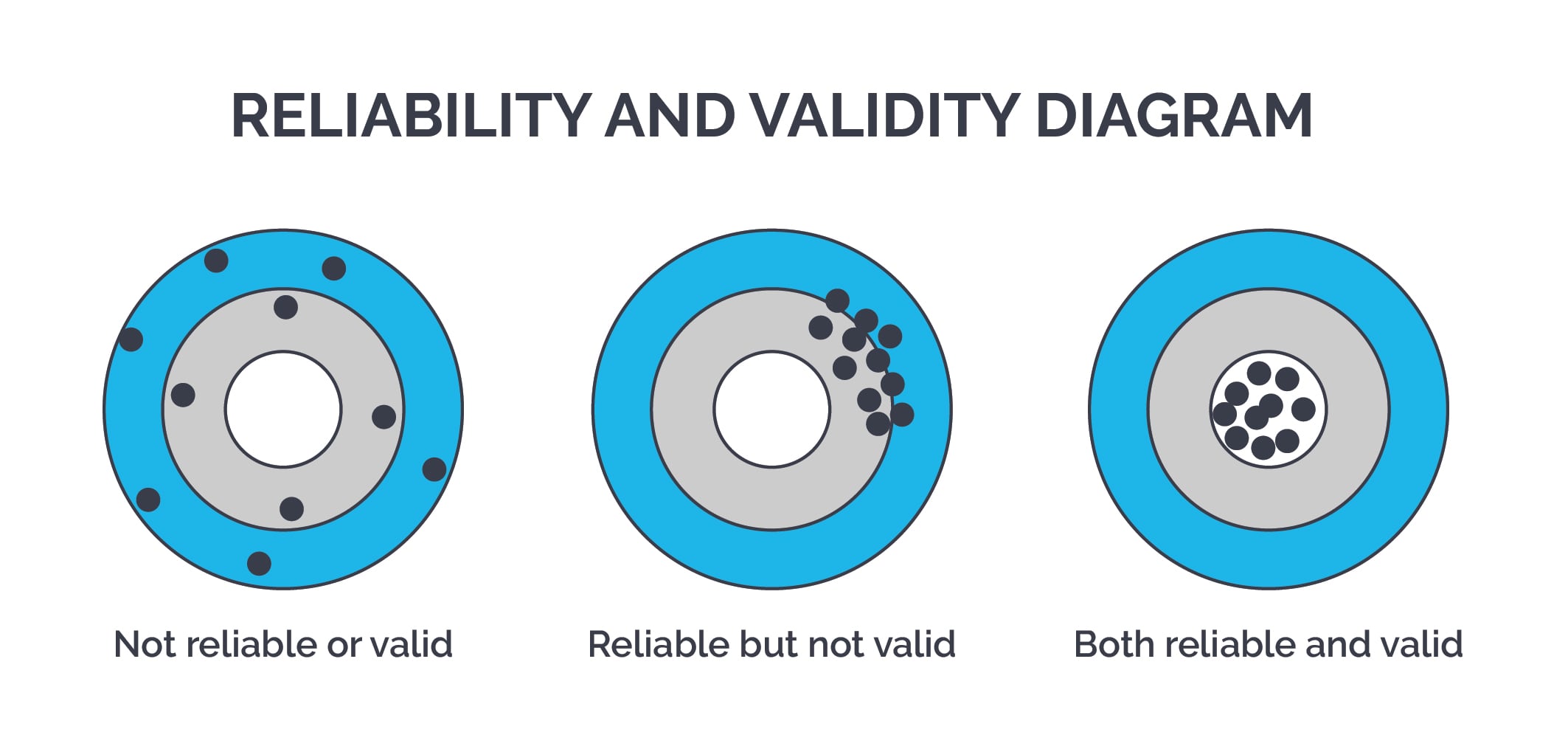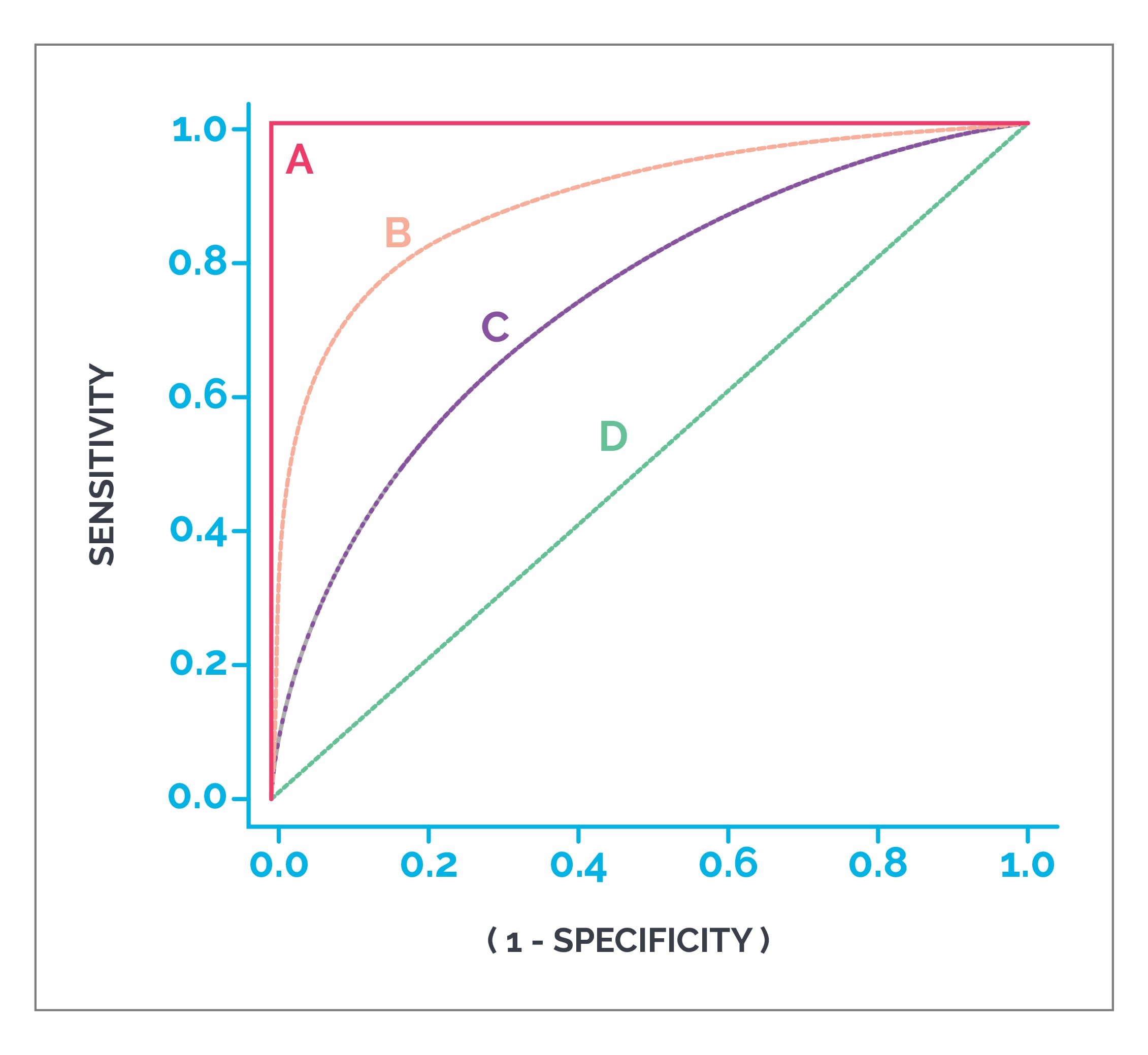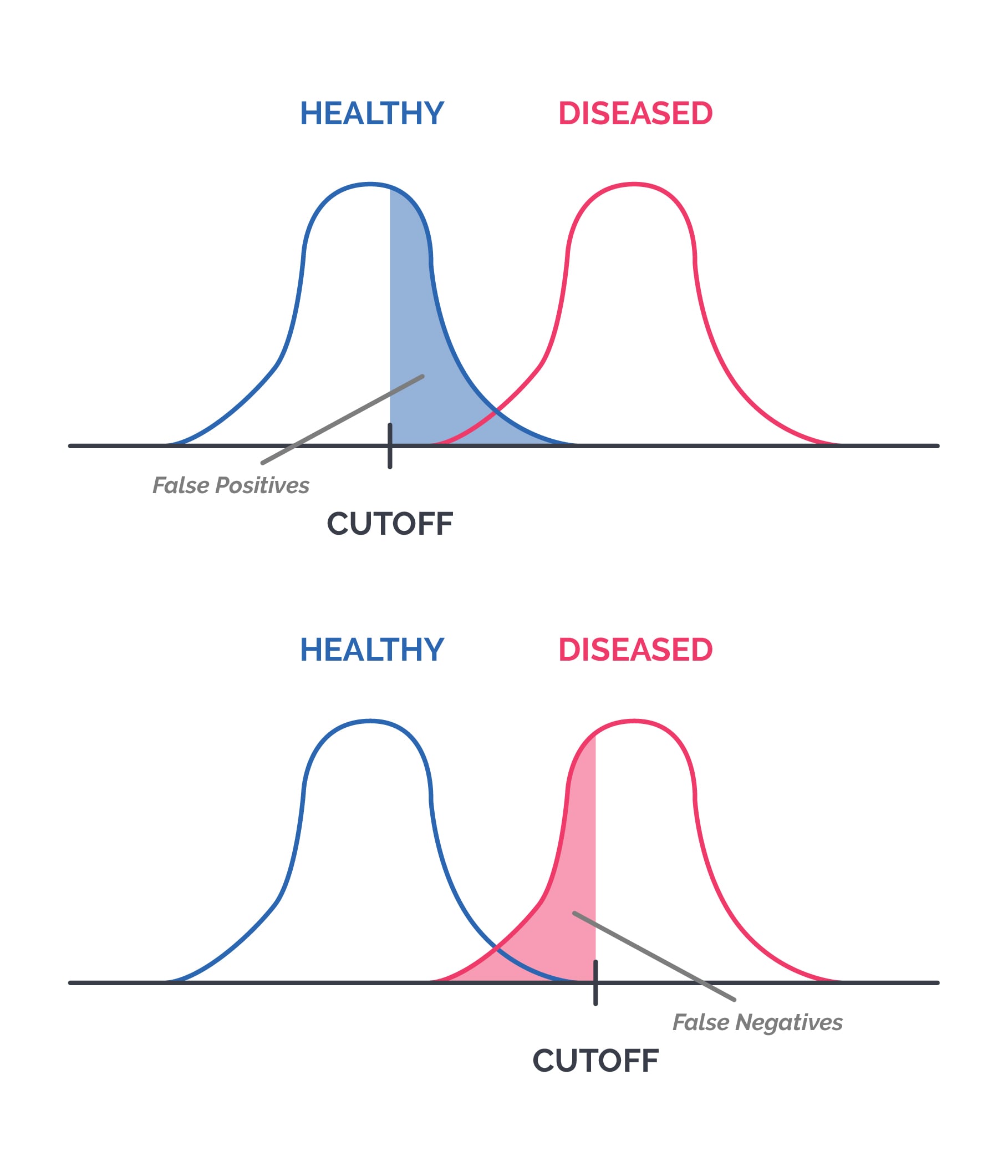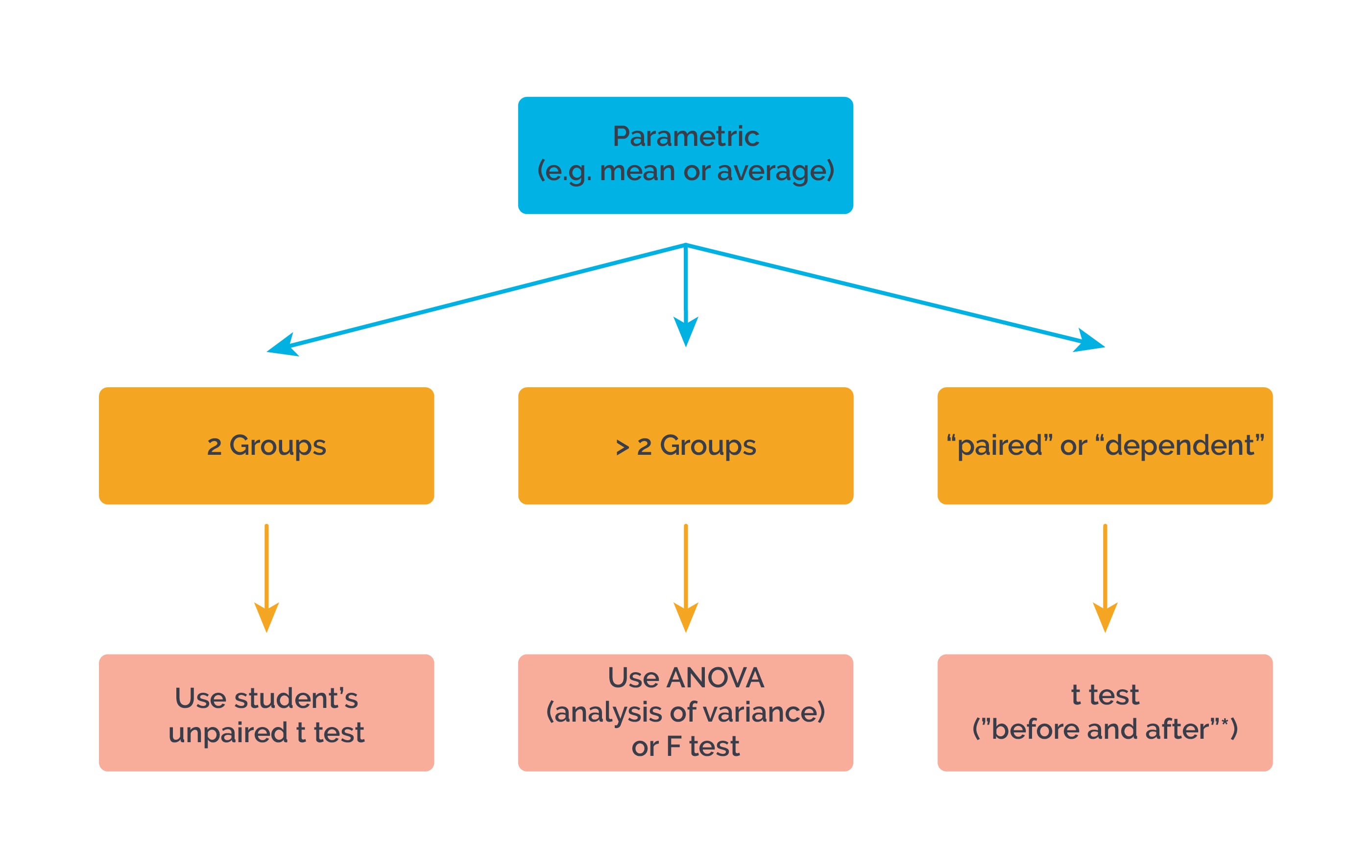Sensitivity, specificity and predictive values: They are terms used to analyze screening and diagnostic tests.
Sensitivity is the true positive rate. It reflects a test’s ability to correctly identify all people who have a condition. Specificity is the true negative rate. It reflects a test’s ability to correctly identify people who do not have a condition.
Positive predictive value or PPV is the probability that people who tested positive on the screening test actually have the condition of interest. Negative predictive value or NPV is the probability that people with a negative screening test result indeed do not have the condition of interest. If the prevalence of a disease is high, the PPV will be high and vice versa. If prevalence of a disease is low, then NPV will be high and vice versa.
From the 2 X 2 table,
Sensitivity = [a/a+c] X 100 = TP / [TP + FN]
Specificity = [d/b+d] X 100 = TN/ [TN + FP]
Positive predictive value or PPV = [a/a+b] X 100
Negative predictive value or NPV = [d/c+d] X 100
Accuracy = [TP + TN] / [TP + TN + FP + FN]
False positive rate = 1 - specificity
TP = true positives; TN = true negatives; FP = false positives; FN = false negatives.
Sensitivity and PPV both have the same numerator (true positives) but denominator is total number of disease cases in the former, and total number of positive test results in the latter (PPV). Similarly, specificity and NPV share the same numerator (true negatives), but denominator is the total number of individuals who do not have disease in the former, and total number of negative test results in the latter (NPV).

Screening tests should have high sensitivity. Confirmatory tests should have high specificity. It is always best to have the highest sensitivity and specificity possible, but such choices may not be available. If the available treatment has serious adverse effects or is not cost effective, then use a test with high specificity. If the disease has a high fatality rate and effective treatment is available, use a test with high sensitivity.
Likelihood ratio or LR: It tells how much a positive or negative test result changes the likelihood that a subject would have the disease.
The LR of a positive test result (LR+) = sensitivity/(1 − specificity)
The LR of a negative test result (LR−) = (1 − sensitivity)/specificity.
For example the positive LR of a test for Pneumococcal pneumonia is +25, means that an individual is 25 times more likely to have a positive test result if he suffers from Pneumococcal pneumonia compared to not having the disease. If a test for e.g. shigellosis has a negative LR of -1, it means that when the test is negative, the likelihood of shigellosis in the event of a negative test result is very low. Hence, for a diagnostic test, higher the positive LR and lower the negative LR the better. Positive LR > 10 and negative LR < 0.1 indicate a useful test.
Pretest odds X LR = Post-test odds
**ROC curves or receiver operating curves: **They are plotted with false positive rate (1 - specificity) on the X axis and sensitivity (true positive rate) on the Y axis. All possible combinations of TPR and FPR compose a ROC space. If the intersection of TPR and FPR fall in the area above a diagonal line that splits the ROC into two triangles, then that test is a good test. AUC or area under the ROC can be used to predict accuracy of a test. An AUC > 0.8 means it is a good test.

Choosing an appropriate cut-off value for a test: Many lab tests are reported on a numerical scale. Choosing an appropriate cut-off value for the test affects the sensitivity and specificity of a test. Distributions of test values for diseased and disease-free individuals are likely to overlap, hence there will be false-positive and false-negative results.
For example, if a lower value is selected as a cut-off, sensitivity will increase but false positives will also increase thus decreasing the specificity. For a disease with a high mortality rate increasing sensitivity will help.
If a higher value is taken as a cut-off, false negatives will increase thus sensitivity will decrease but specificity will increase. If standard treatment is associated with high risk of adverse effects then increasing the specificity matters.

Tests to assess statistical significance: Which test to apply depends on the type of data.

For “before and after”* in the same group or individual, use “paired” or “dependent” t test. An example will be what happens to an individual’s blood pressure reading before and after administration of drug A? Or what happens to blood glucose levels in group A before and after administration of drug B?

Sign up for free to take 4 quiz questions on this topic